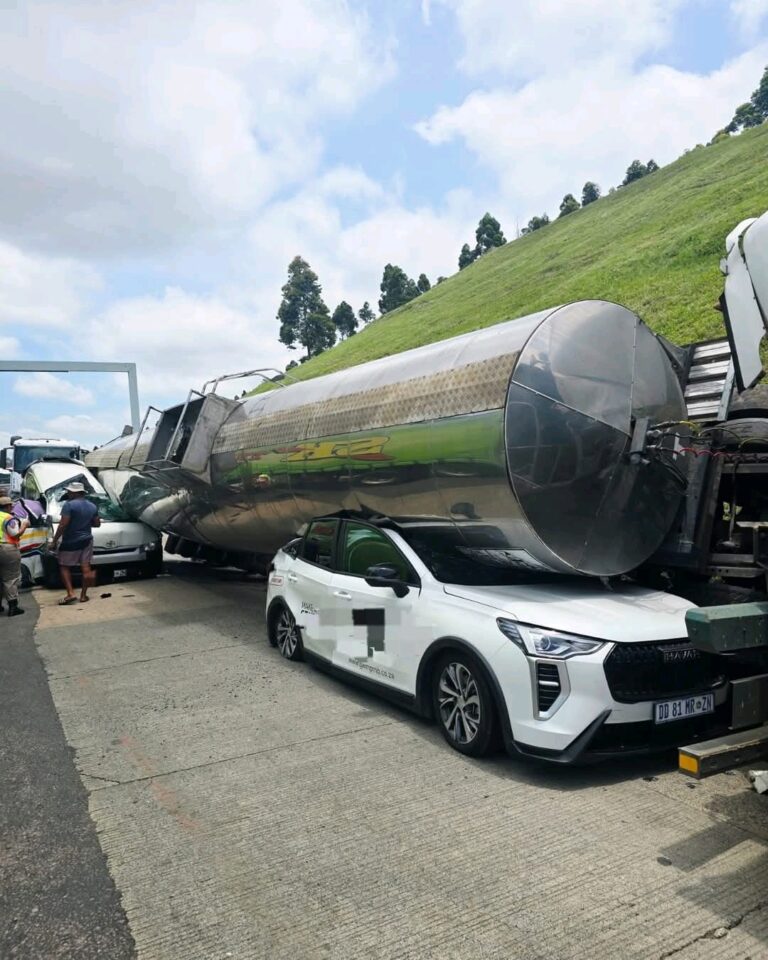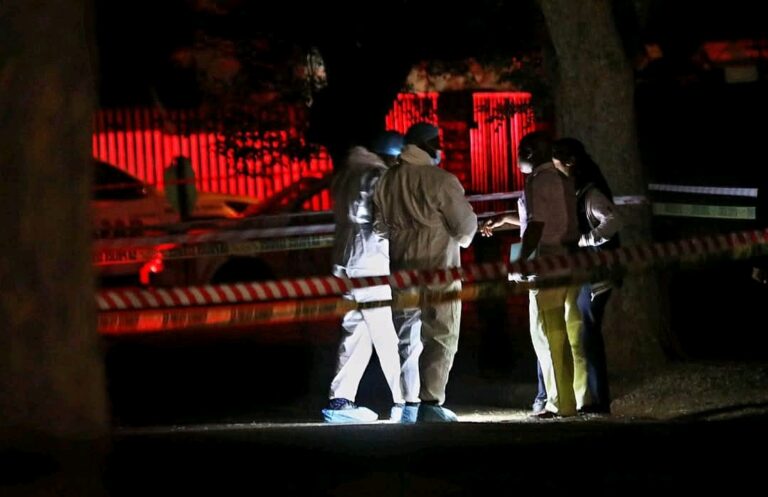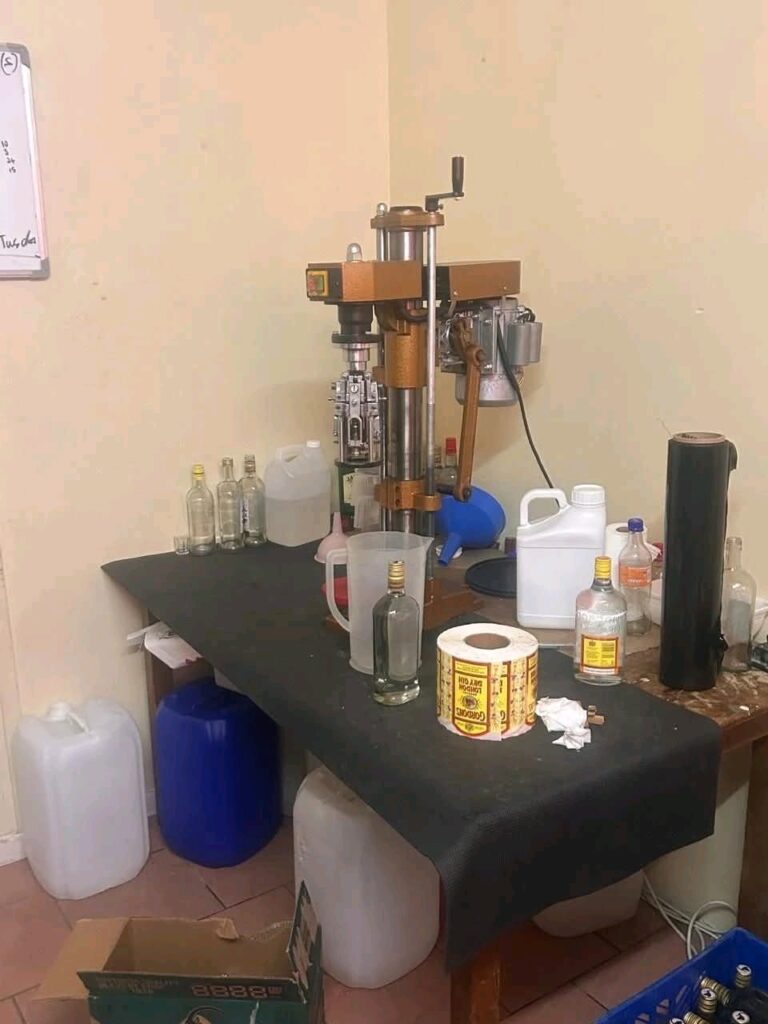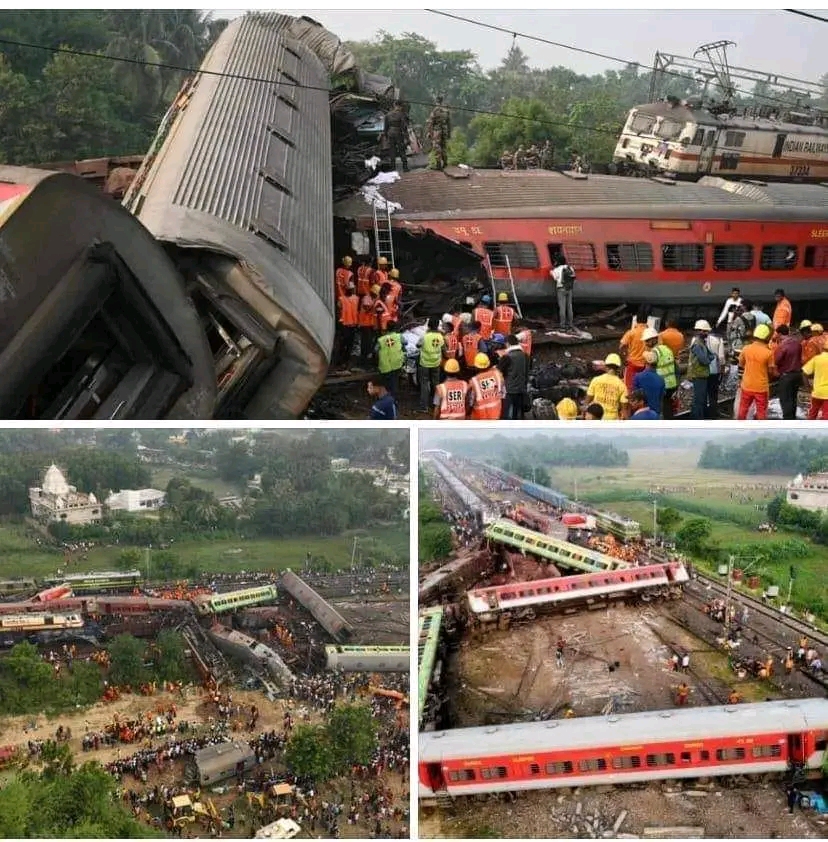
A devastating train collision in the eastern Indian state of Odisha has resulted in one of the worst rail disasters in recent history, leaving at least 300 people dead and around 900 injured. The accident took place near Balasore, creating a scene of chaos and destruction as debris and mangled train carriages were scattered far from the tracks.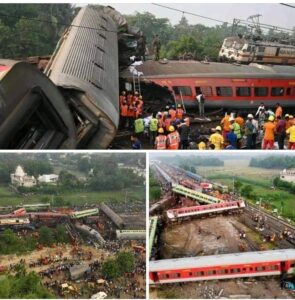
The tragedy unfolded when an express train traveling north from Bengaluru to Kolkata derailed, landing on an adjacent southbound track. Just minutes later, the Coromandal Express, traveling from Kolkata to Chennai, collided with the derailed coaches. The impact caused several carriages to crash into a nearby stationary goods train, exacerbating the catastrophe. The force of the collision was so powerful that train compartments were torn open, leaving gaping holes stained with blood, and some carriages were thrown completely off the tracks.
Survivors of the horrific accident have described the terrifying moments during and after the collision. Arjun Das, who was aboard one of the trains, recounted his experience to a Bengali television channel. He spoke of a “thundering sound” that was followed by chaos, with passengers being thrown from their seats and falling from their upper berths. In a desperate attempt to save his life, Das jumped out of the train amidst the screams and pleas for help. The scene he described was one of utter devastation, with injured passengers lying along the tracks and inside the train compartments, some crying out in pain and others in shock.
Another passenger, Anubhav Das, who was on the Coromandal Express, shared that his coach miraculously remained upright. Though he was unharmed, he witnessed horrific scenes of fellow passengers trapped, injured, and struggling to escape the wreckage. He described seeing mangled bodies and passengers desperately trying to help one another amidst the chaos.
Rescue operations are currently ongoing, with emergency personnel working tirelessly to find and assist any survivors still trapped in the debris. Sudhanshu Sarangi, the director general of Odisha Fire Services, reported that the death toll, currently at 288, is expected to rise as rescuers continue to sift through the wreckage. Hospitals between the crash site and Bhubaneswar, around 200 kilometers away, have been overwhelmed with injured passengers, and nearly 200 ambulances and buses have been deployed to transport the wounded.
This catastrophic incident is being regarded as one of India’s worst rail disasters, comparable to the 1981 Bihar train derailment that claimed over 800 lives. The country has a history of deadly train accidents, often attributed to poor maintenance, outdated infrastructure, and overcrowding.
Indian Prime Minister Narendra Modi expressed his deep sorrow over the tragic accident and extended his condolences to the bereaved families. He also conveyed his hope for the swift recovery of the injured and assured that all necessary assistance would be provided to the affected.
As the country grapples with this immense tragedy, questions about rail safety and the need for modernization of India’s extensive but aging railway network are once again being raised. The government has promised a thorough investigation into the cause of the accident and has pledged to take necessary measures to prevent such tragedies in the future.

